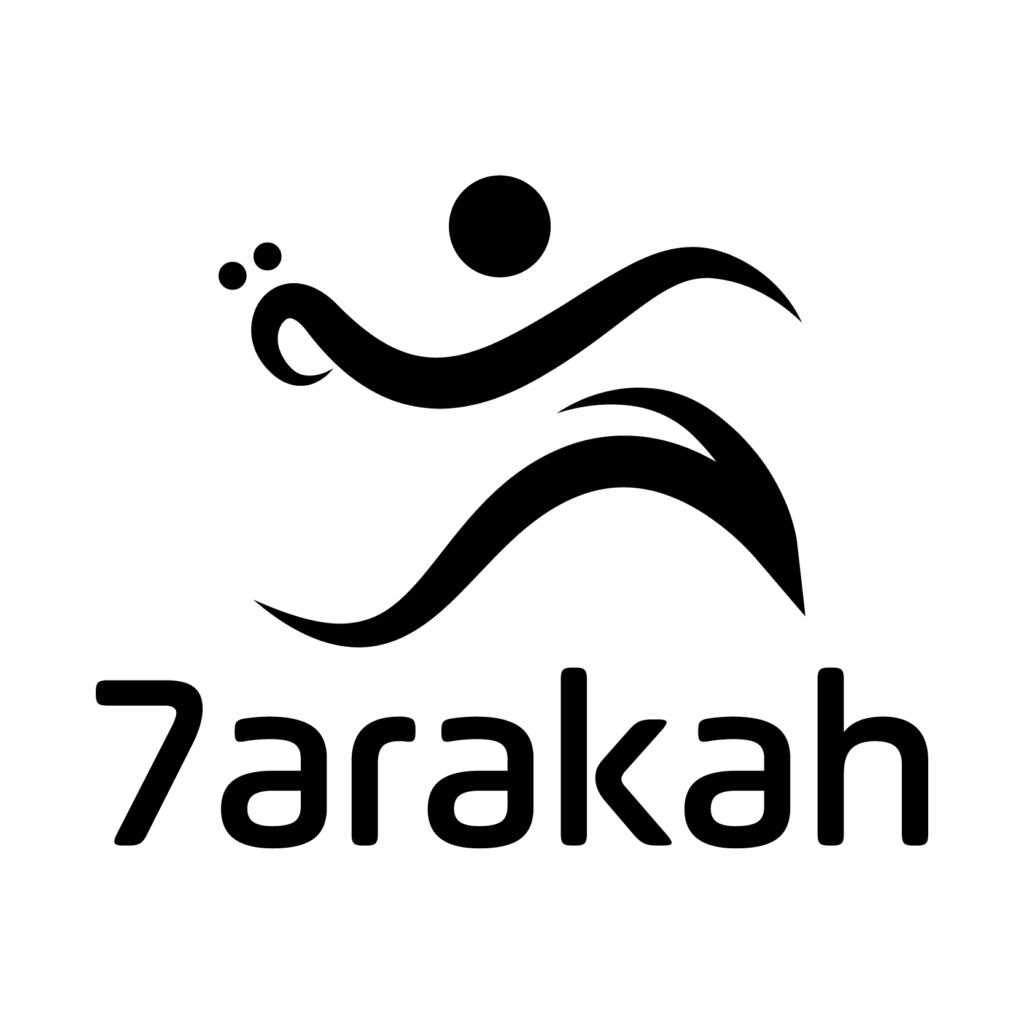Neuroplasticity in Pediatric Physical Therapy

What is Neuroplasticity?
Neuroplasticity, also called brain plasticity or neural plasticity, is the brain’s ability to reorganize and rewire itself in response to learning, experience, and injury. This incredible feature enables the brain to form new neural connections, strengthen existing ones, and even form completely new pathways in order to adapt to different situations and tasks.
How Does Neuroplasticity Affect Children in Physical Therapy?

Pediatric physical therapy relies heavily on neuroplasticity. During childhood, the brain is highly plastic, making it ideal for therapeutic interventions to have a long-term impact. When children participate in physical therapy exercises and activities, their brains actively respond to new sensory and motor experiences, resulting in stronger neural connections.
Promoting neuroplasticity requires active engagement. The more your child engages in therapeutic exercises and movement-based tasks, the more their brain adapts and strengthens the appropriate neural pathways. This adaptability can significantly improve functional outcomes and speed up the recovery process.
Interesting Questions about Neuroplasticity and Pediatric Physical Therapy
Q1: How does neuroplasticity affect my child’s physical therapy progress? Neuroplasticity enables your child’s brain to form new connections and pathways, resulting in improved motor skills and functional abilities during physical therapy.
Q2: Are there age limits for neuroplasticity in physical therapy? No, the brain is plastic throughout life. However, during childhood, the brain’s plasticity is at its peak, making it the best time to intervene.
Q3: Can neuroplasticity benefit children with developmental delays? Absolutely! Neuroplasticity is essential for helping children with developmental delays catch up on important milestones.
Practical Methods to Use Neuroplasticity in Physical Therapy Sessions

1. Task-Specific Training: Involve your child in activities that target specific skills that they need to develop. Whether it’s improving balance, coordination, or strength, task-specific training focuses on specific neural pathways and increases their plasticity.
2. Cognitive Engagement: Promote cognitive engagement throughout physical therapy. For example, ask your child to follow instructions, solve exercise-related problems, or visualize movements before performing them. This method can enhance the brain’s response to therapy.
3. Repetition and Practice: Repetition is an effective tool for increasing neuroplasticity. Exercise practice on a regular basis helps to reinforce neural connections and improves your child’s motor skills gradually.
4. Multisensory Stimulation: Incorporate different sensory experiences into your physical therapy sessions. Using sight, touch, and proprioception during exercise can activate multiple areas of the brain and increase plasticity.
Frequently Asked Questions
Q1: Can neuroplasticity help my child with cerebral palsy gain mobility? Yes, neuroplasticity can greatly benefit children with cerebral palsy. Physical therapy allows children to strengthen neural connections, resulting in improved mobility and functional abilities.
Q2: Are there any specific activities that we can do at home to promote neuroplasticity? Absolutely! Encourage your child to engage in age-appropriate physical activities such as crawling, climbing, and puzzle solving. Consider games that encourage problem solving and fine motor skills.
Q3: Is there a recommended age to begin physical therapy to maximize neuroplasticity benefits? Early intervention is typically recommended to capitalize on the brain’s increased plasticity during childhood. However, it is never too late to begin physical therapy, and the brain can adapt throughout life.
Conclusion
Neuroplasticity is an intriguing concept that holds the key to realizing your child’s full potential in pediatric physical therapy. Understanding how the brain adapts and rewires itself allows us to optimize therapy sessions for better results and faster progress. As you support your child’s physical therapy journey, keep in mind that every step counts and that small gains can add up to significant improvements over time.
If you have any further questions or would like to learn more about neuroplasticity and its application in pediatric physical therapy, please contact us. We are here to help your child grow and develop, one step at a time.

